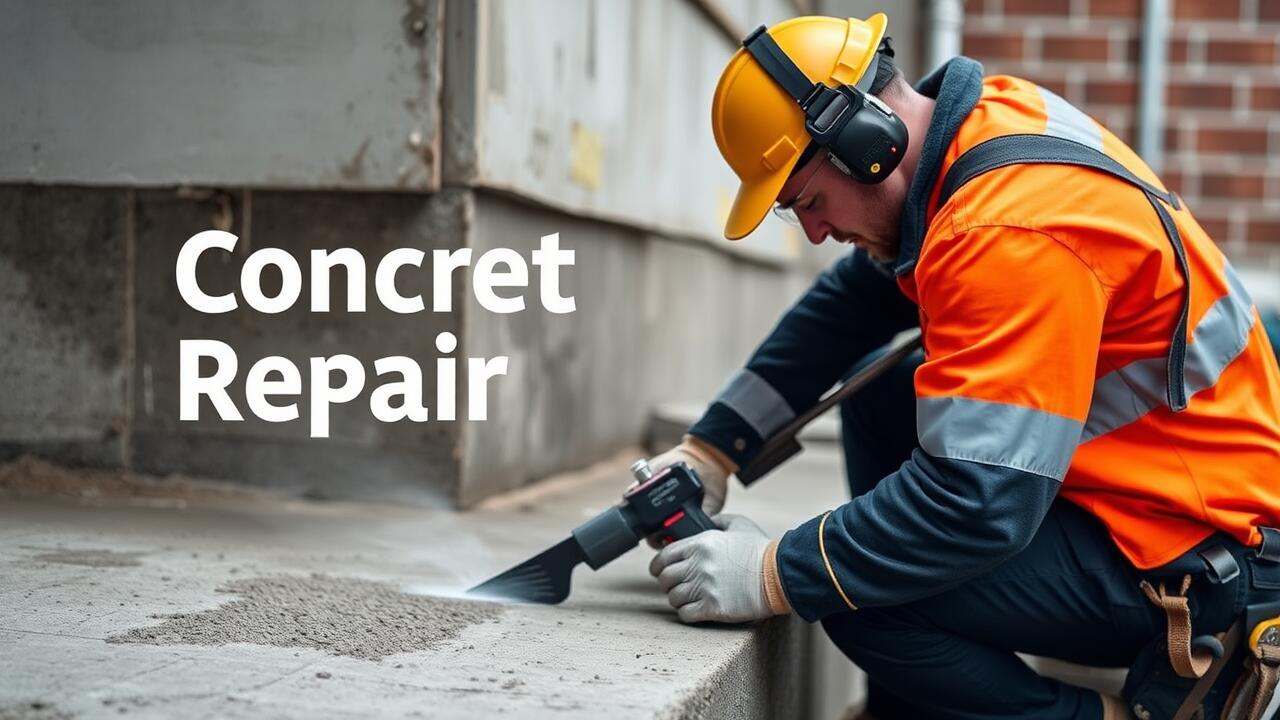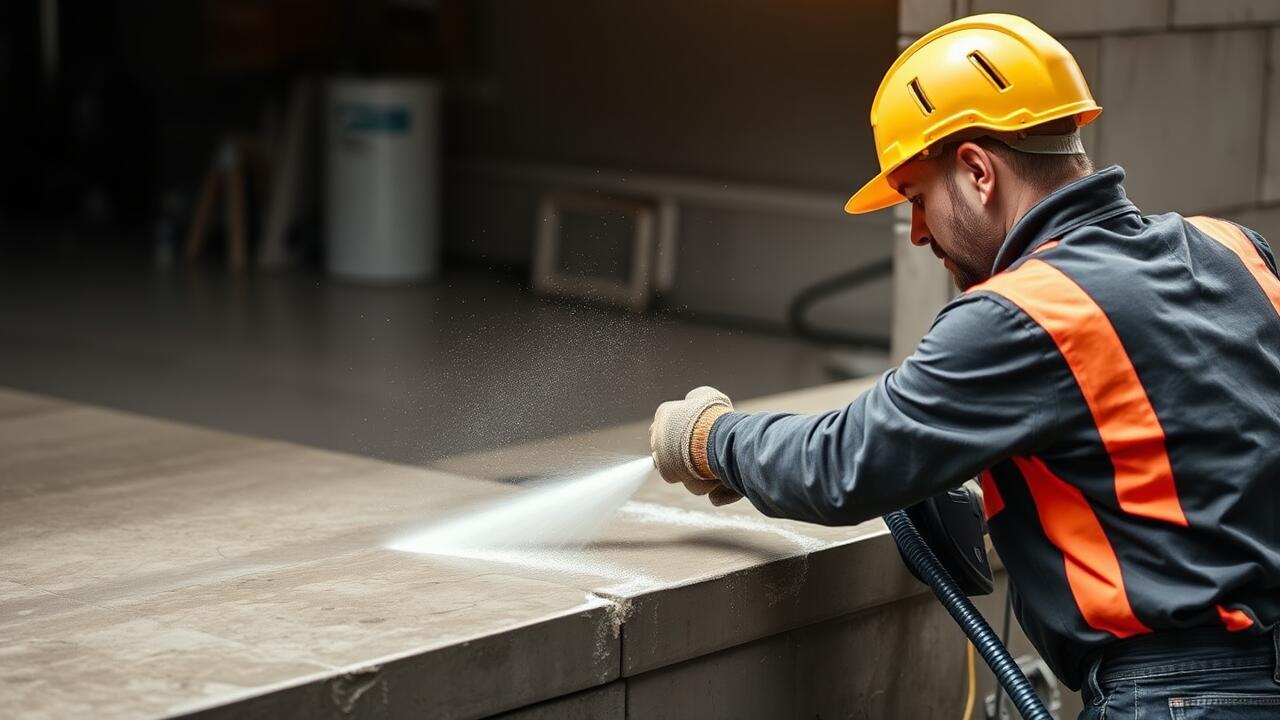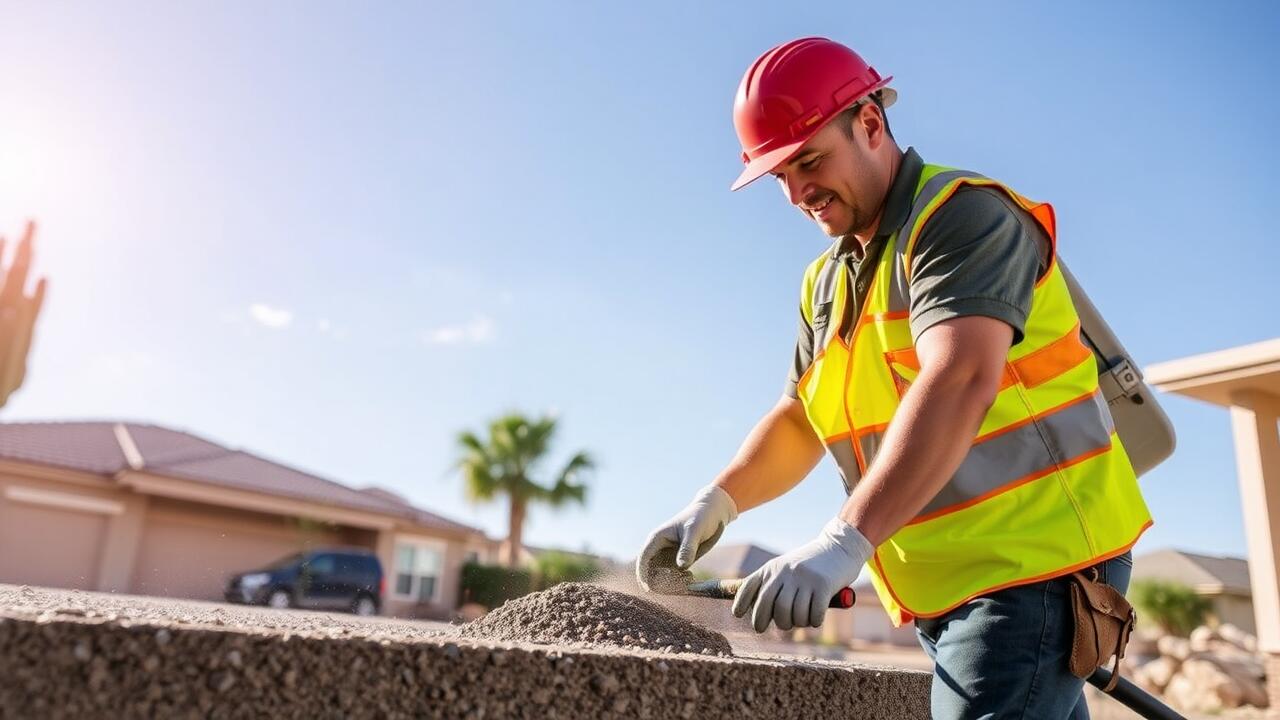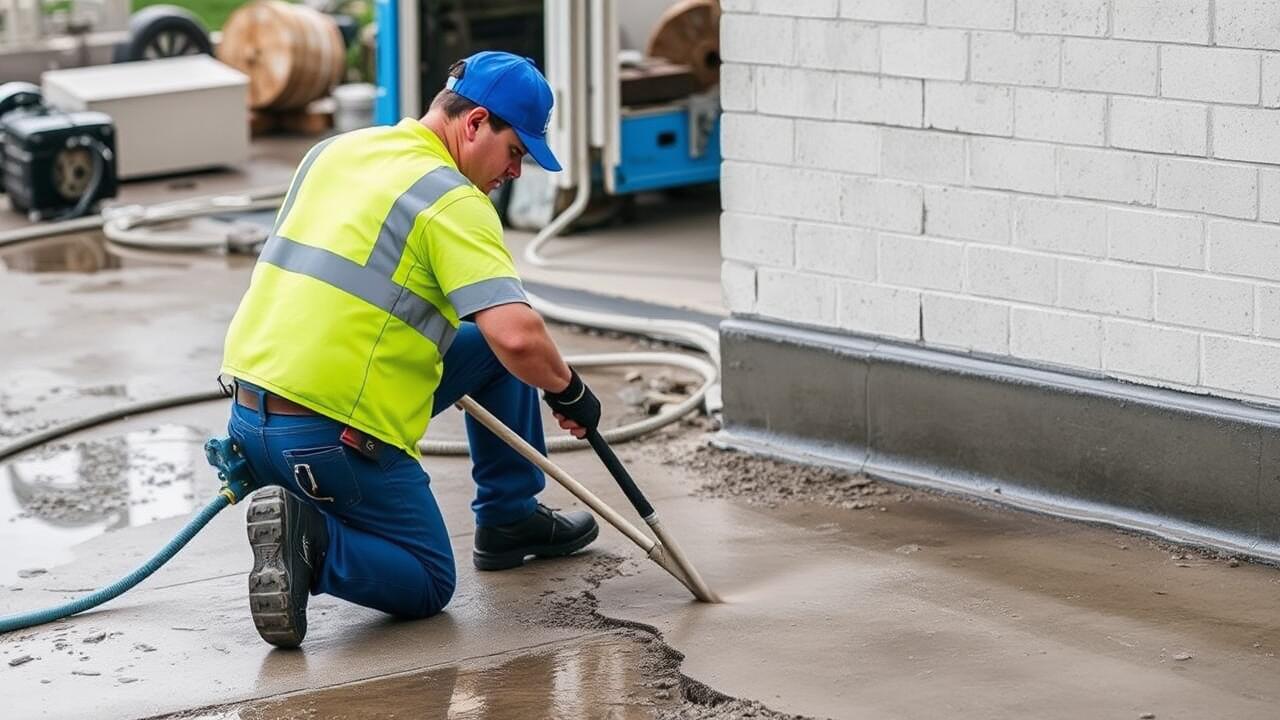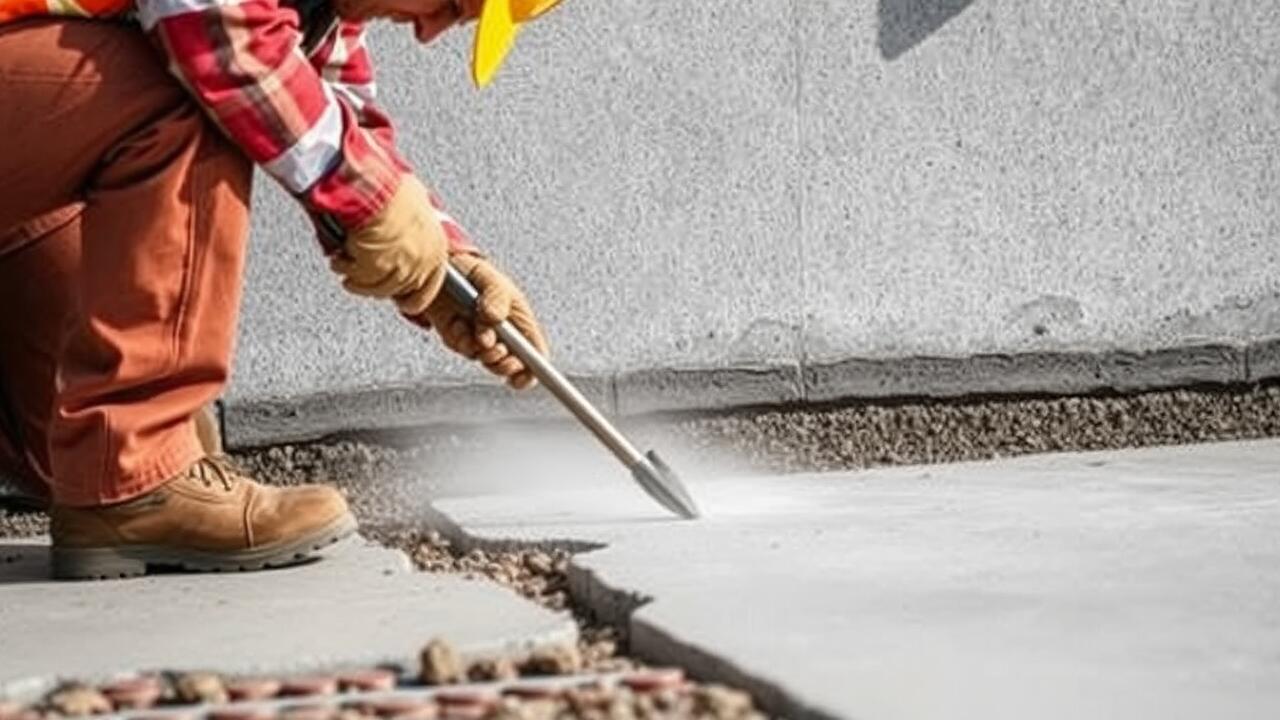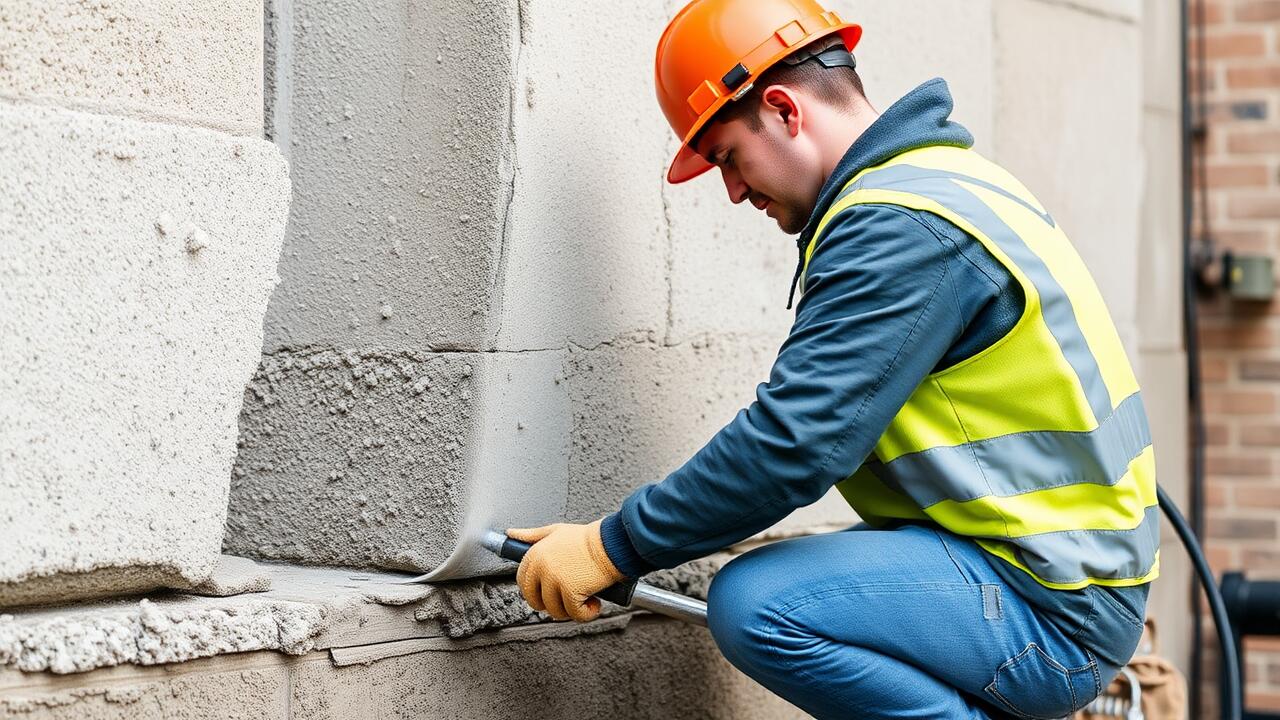
Evaluating Epoxy vs. Polymer Repair Solutions
When considering options for concrete repairs, epoxy and polymer solutions present distinct characteristics that cater to various requirements. Epoxy is known for its strong bonding capabilities and resistance to chemicals, making it ideal for high-stress environments. It often offers a smooth finish and can be used in thin applications, helping to restore structural integrity effectively. On the other hand, polymer solutions come with versatility, often accommodating movement in the concrete. This flexibility makes them suitable for areas prone to shifting or settling.
Selecting between epoxy and polymer-based repairs often depends on the specific nature of the damage and the overall conditions. For example, if you require a solution that cures quickly and withstands heavy loads, epoxy might be the best choice. Alternatively, if you face minor cracks in fluctuating conditions, a polymer solution may suffice. Researching local options for "Concrete Repair near me" can lead to professionals who can provide insights tailored to your needs.
Pros and Cons of Each Option
Epoxy repair solutions offer a variety of advantages. They provide a strong bond and exceptional durability, making them ideal for structural repairs. Epoxy can resist moisture, chemicals, and temperature fluctuations, prolonging the life of the repair. However, the application process can be complex, often requiring careful mixing and the use of specialized tools. Additionally, some epoxy products may have a strong odor during application, and the curing time can vary.
Polymer repair solutions present a more user-friendly option for smaller projects. These products are typically easier to mix and apply, allowing for faster repairs. They also tend to have good flexibility, which can be beneficial in areas prone to movement or cracking. On the downside, polymer solutions may not always provide the same level of strength as epoxy. For those seeking professional results with minimal hassle, searching for "Concrete Repair near me" can help locate local experts who specialize in these repair methods.
Preparing the Surface for Repair
Preparing the surface for concrete repairs is a critical first step to ensure that the new material adheres properly and performs effectively. This process involves removing any loose debris, dust, or contaminants from the area. It is essential to use a pressure washer or a wire brush to clean the affected surface thoroughly. Any existing cracks or deteriorated sections should be identified and assessed. Addressing these areas prior to applying the repair material reduces the risk of future damage and bolsters the integrity of the repair.
After cleaning, stabilizing the surface can make a significant difference in the outcome of the repair. If the area is uneven, it may need to be leveled using a suitable grinding tool. Moisture must be considered, as a damp but not saturated surface is ideal for the bonding process. Homeowners looking for professional assistance often search for "Concrete Repair near me," highlighting the demand for expertise in surface preparation and repair work. This can provide access to knowledgeable contractors who understand the best practices for achieving a successful repair.
Cleaning and Stabilizing Techniques
Proper cleaning and stabilization of the surface is crucial before any concrete repair work begins. Debris, dirt, and old material can interfere with the bond between the new repair mix and the existing concrete. Start by thoroughly sweeping the area to remove loose particles. For stubborn stains or oils, pressure washing may be necessary. This process not only cleans but also helps to identify any underlying issues, such as cracks or gaps, that need addressing prior to application.
Once cleaned, it's important to stabilize the surface. This involves filling any cracks or voids with a suitable filler to ensure a smooth repair. If the concrete shows signs of deterioration, applying a concrete sealer can enhance adhesion and prevent further damage. After these preparation steps, those seeking assistance can search for "Concrete Repair near me" to find local professionals who can provide expert advice and service for their project.
Application Techniques for Repair Concrete
When applying repair concrete, it is essential to follow specific techniques to achieve a lasting fix. Begin by gathering the necessary tools, including a trowel, float, and appropriate mixing equipment. Mix the repair concrete according to the manufacturer's instructions, ensuring the consistency is suitable for your specific repairs. When applying the concrete to the damaged area, work swiftly to avoid premature setting. Use the trowel to fill in gaps and smooth the surface, taking care to blend the edges into the surrounding concrete for a seamless appearance.
Consider the environmental conditions during application. If the area is exposed to extreme temperatures or humidity, this may affect curing time and overall durability. For best results, it’s advisable to work during mild weather and avoid applying repair concrete in direct sunlight. Properly planned application not only enhances the aesthetics of your repair but also extends the life of the newly repaired surface. Homeowners searching for effective options can easily look for "Concrete Repair near me" to find local services that specialize in concrete repair techniques tailored to their needs.
Tools and Methods for Best Results
Achieving optimal results in concrete repair hinges on using the right tools and techniques. Sprayers and trowels play a significant role in ensuring an even application of repair materials. A texture roller can also be helpful for achieving uniformity, particularly in larger areas. Additionally, protective gear like gloves and goggles must be worn to ensure safety while handling various repair compounds. When seeking professional assistance, searching for “Concrete Repair near me” can connect you with reliable contractors who specialize in these repair methods.
Thorough preparation of both tools and the repair area is essential for success. Having clean, dry surfaces allows repair materials to bond effectively. A wire brush or grinder can be useful for removing loose debris and ensuring a solid foundation. For larger jobs, a concrete mixer may be required to accurately blend repair materials. Taking these steps seriously can greatly enhance the final outcome. The right combination of preparation and application tools will ultimately determine the effectiveness of your repair project.
FAQS
What type of concrete is best for small repairs?
For small repairs, a quick-setting concrete mix or a pre-mixed concrete patch is often the best choice, as it allows for fast application and curing.
Is epoxy better than polymer for concrete repairs?
It depends on the specific repair needs. Epoxy is generally stronger and more resistant to chemicals, making it ideal for structural repairs. Polymer, on the other hand, is more flexible and may be better for areas that experience movement.
How do I prepare the surface before applying repair concrete?
To prepare the surface, clean it thoroughly to remove any debris, dust, or loose concrete. You may also need to stabilize the area by applying a bonding agent or patching compound.
What tools do I need for applying concrete repair?
Essential tools for applying concrete repair include a trowel, putty knife, mixing bucket, and a float. Depending on the repair size, you may also need a concrete mixer for larger batches.
How long does it take for concrete repair to cure?
Curing time can vary based on the type of concrete used. Generally, most concrete repairs can take anywhere from 24 to 48 hours to set, while full curing can take up to a month for optimal strength.
